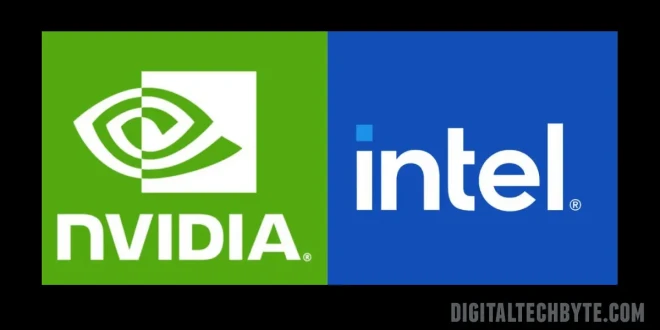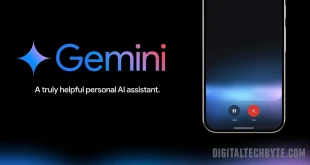Discover how the Nvidia-Intel alliance is reshaping AI PCs and cloud computing, blending Intel’s CPU scale with Nvidia’s AI and GPU leadership to challenge AMD, Chinese chipmakers, and drive innovation in industries like robotics and automotive.
When two of the world’s most influential chipmakers join forces, it’s not just a technical leap—it’s a sign that the very foundation of computing is shifting beneath our feet. The brand-new partnership between Nvidia and Intel marks a bold new era for AI-powered PCs and cloud infrastructure, with ramifications that stretch across digital landscapes, industry segments, and global supply chains.
A Groundbreaking Union: Power Meets Scale
At the heart of this alliance is a simple idea—combine what each does best. Intel brings decades of expertise in CPU design and the ability to manufacture at scale, while Nvidia holds the crown for cutting-edge GPU innovation and AI acceleration. Together, they’re designing hybrid chips that unify CPUs and Nvidia GPU chiplets, opening the floodgates for generative AI, on-device learning, and lightning-fast data processing—right on consumer desktops and inside cloud AI platforms.
This isn’t just technical jargon. Imagine PCs that can handle massive AI models locally, reducing reliance on the cloud, or data centers with custom CPUs hand-tuned for Nvidia’s legendary AI prowess. That’s what’s headed to market, starting as early as 2027.
Strategizing Beyond Silicon
It’s smart, too—much of the manufacturing will happen stateside, using Intel’s U.S. foundries, which means less risk from global chip shortages and geopolitics. For big industries, especially robotics and automotive, this strategic tilt means more reliable access to advanced hardware—and quicker innovation cycles.
Intel sees this move as its ticket to the big leagues of AI foundry work, while Nvidia gets to break free from supply chain snarls and put its GPUs in front of even more users—the best kind of win-win.
A New Challenge for the Market
Now, competition’s about to get wild. AMD, currently thriving on its own hybrid chips, faces a combined attack from Nvidia’s world-class AI software and Intel’s unbeatable production muscle. Meanwhile, Chinese chipmakers and ARM-based solutions will have to keep up or risk losing ground in a segment that’s advancing at breakneck speed.
There’s a bit of drama here, too—the alliance is a powerful statement that America’s chip strategy is back in the driving seat. No wonder Wall Street’s buzzing about a possible shakeup in the entire tech hierarchy.
From Your Desktop to the Assembly Line
For everyday folks, it means PCs that don’t choke under heavy AI loads, personalized digital experiences, and greater privacy. For factories, driverless cars, and robot designers, it’s about high-performance, reliable AI silicon tailor-made for complex tasks. That’s the kind of leap that can spur new startups, products, and job creation, fueling growth in both consumer tech and industrial automation.
Let’s be honest—even in a world saturated with “historic partnerships,” the Nvidia and Intel alliance stands out. It speaks to ambition, quick thinking, and a refusal to be boxed in by the industry status quo. Whether you’re a PC gamer, a startup founder, or just a tech enthusiast, don’t be surprised if your next device carries the mark of this powerful collaboration. It’s a story of momentum—and it feels like the whole industry won’t be able to look away.
 Digital Tech Byte Latest Technology News
Digital Tech Byte Latest Technology News





